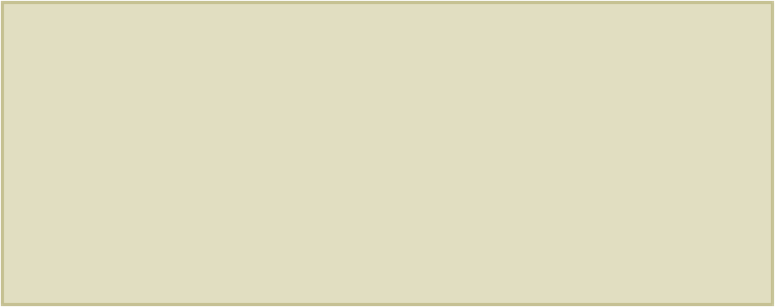Travel Reference
In-Depth Information
on the historic Buddha's foot. On festival days, pilgrims make offerings by tossing banknotes
into the footprint.
Continuing up the path, you come to a small concrete grotto with an image of Pha Kajai, the
Mahayanist deity many Westerners associate with the Buddha. From here, the path meanders
past an ever-growing cornucopia of new, gilded Buddhas - some supersize, others named
after days of the week - up rather steeply to the summit.
LUANG PRABANG STREET NAMES
Luang Prabang's civic authorities seem to change the city's road names with bewildering
regularity, a situation that isn't helped by the fact that many streets change their names nu-
merous times along their length (such as the main street,
Sisavangvong
, which becomes
Sakkaline
closer to the tip of the peninsula,
Chao Fa Ngum
at the opposite end, once it's
past the tourist office, and
Photisalath
further west, past the Nam Phou Fountain). This
is all made still more confusing by the general lack of street signs. We have given street
names where signs are visible on the ground, though you may well see alternative names
elsewhere; where signs aren't available we've given the name of the local area (traditional
village or “ban”), which is usually called after the local temple. For all this, the city's gen-
erally grid-like layout and small size make it easy to navigate.
The Royal Palace (National Museum)
Sisavangvong Rd ∙ Daily except Tues 8-11.30am & 1.30-4pm ∙ 30,000K, guides 50,000K ∙ Handbags and cam-
eras must be left in the locker room to the left of the palace entrance and shoes kept in the rack outside
Occupying a fittingly central location in the old city, between Phousi Hill and the Mekong
river, the former
Royal Palace
is now home to the Royal Palace Museum (aka National
Museum), preserving the trappings and paraphernalia of Laos's extinguished monarchy. The
palace, at the end of a long drive lined with stately palms, was constructed in 1904 by the
French and replaced an older, smaller palace of teak and rosewood. The new palace was sup-
posed to be crowned by a European-style steeple, but King Sisavang Vong insisted on modi-
fications, and the graceful stupa-like spire that you see today was substituted, resulting in a
tasteful fusion of European and Lao design. Another striking feature is the pediment over the
main entrance adorned with a gilt rendition of the symbol of the Lao monarchy: Airavata, the
three-headed elephant, being sheltered by the sacred white parasol. This is surrounded by the
intertwining bodies of the fifteen guardian
naga
of Luang Prabang.

